Your line of work is unique, so we’ve tailored an insurance policy that best suits the needs of your profession to better protect your reputation and livelihood.
Principle partner of
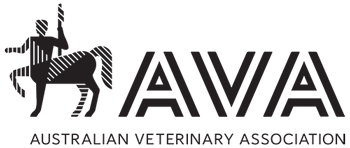
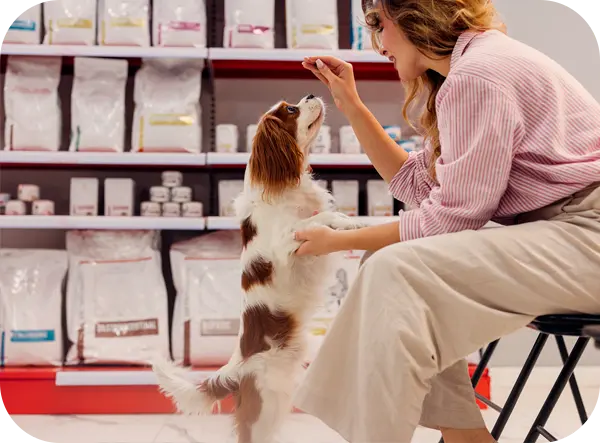
If you're forced to defend your professional reputation, you'll want the best support behind you.
Our policies include three types of insurance in one designed specifically for veterinarians combining: professional indemnity insurance, public liability insurance, and product liability insurance.
Product liability
Insurance cover for liability for injury or property damage caused by goods sold or supplied by you. This can include cover for clients getting sick or injured from products you provide for example; Animal medications, flea treatments, bandages and other products.
Extra benefits of this insurance policy
Nil basic excess on liability claims
Run-off cover which protects you when you’ve ceased practising permanently
Cover for legal costs and expenses associated with complaints to your registration body, disciplinary proceedings or a coronial inquiry
Provides a 21-day cooling-off period, allowing you to change your mind after purchasing coverage
Ongoing education through our RiskHQ, providing you with relevant and informative information on the risks that matter to you
Round-the-clock support with 24 / 7 claim support line availability
To find out more or to get your hands on our policy wording, simply call us on 1800 810 213.
FAQs
The law governs that any professional exercise the required skill to an appropriate level expected by that profession. A professional may be liable for financial loss, injury or damage arising from an act, error or omission of fault if the professional has not acted to the required level of skill deemed in that profession. Failure through this may result in the claimant (person who suffered the loss) be awarded for that loss, damage or injury.
Many professions require you to hold a professional indemnity insurance policy by law, such as Ahpra registered professions, but can be for other industries such as financial institutions also. Please check with your registration body or associations of your profession to know if it is required by law to have professional indemnity insurance. It is often also required by companies who take on contract workers that are not governed under the companies own insurance policy. It is acceptable for a company to ask you as the professional contractor to provide evidence of cover for professional indemnity before starting the contract period.
As stated above professional indemnity insurance covers you for breaches in relation to your professional duty. Liability insurance covers you for activity that results in personal injury or property damage as a result of your business activities that do not relate to your specific profession. An example may be someone who trips and is injured from spilled water within your office may be covered under liability, because it is your duty of care as business person to provide a safe environment. Whereas a person who suffers a loss or injury because of your professional treatment in relation to your job has caused it would usually be consider as an indemnity breach.
Generally business insurance is to cover the physical assets of your business for material damage loss and options for theft cover. It can also include cover for financial loss due to business interruption. Usually basic insurance does not cover breach of duty or flood cover, but if you speak to an insurance specialist it can often be added to your policy for a nominal fee.
Depending on the policy you are taking out, covers will often vary. At Guild insurance we specialise in making a policy to suit your business so that you are not over paying for covers you wouldn't normally need. The best thing to do is call 1800 810 213 to speak to an insurance specialist, they can find out what activities and structure your business is in to then provide you with adequate cover for you.
A certificate of currency (or COC for short) is a written document that confirms that your insurance policy is current and valid at a specific date and time. At Guild we provide easy access to your COC at any time within a few clicks of our online portal PolicyHub. If you are a new customer we can provide you with one post purchase.
Our partnership with AVA
Guild is the principal partner of AVA and has been for over 20 years.
We work closely with your association to tailor an insurance policy suited to your unique needs.
The AVA is Australia’s peak body for veterinary professionals, dedicated to advancing animal health, welfare, and veterinary science through advocacy, education, and professional support.
Insurance for students studying to be a veterinarian
As a student, we understand you’ve got enough to worry about between completing your studies, getting enough practice hours in and preparing yourself for working with clients. The last thing on your mind is insurance cover. But one small accident could set you back for life. And that’s why AVA has chosen Guild Insurance to look after your insurance needs.
Simply register with AVA under the Student Policy to be eligible for your cover.
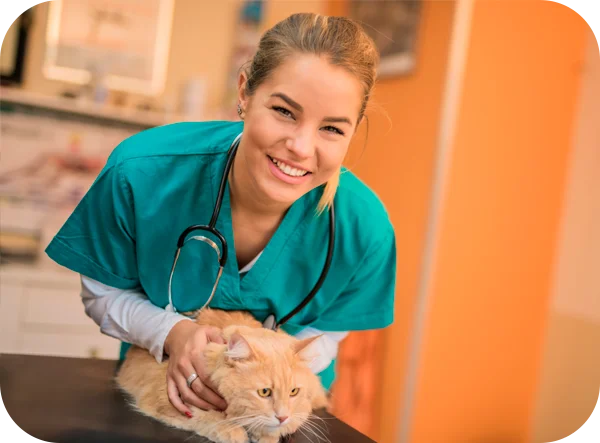
Not just an insurance policy
Risk articles with RiskHQ

You can visit RiskHQ at any time to read up about the unique risks you face as an veterinarian. We cover a variety of risk management topics, from managing complaints, to social media risks, maintaining your vet, and much more.
Burns from veterinary heat mats
Case
A cat suffered significant burns to its hip when left on a heat mat to recover after surgery. The cat’s fur was still wet, which exacerbated the risk of a burn occurring. The wound subsequently became infected and required many weeks of treatment. The client successfully claimed compensation for the additional treatment costs.
This incident was entirely preventable and serves as a timely reminder of the importance of closely monitoring animals post operatively. In this instance, the cat was unable to change position in response to the heat. Not surprisingly, the incident caused much embarrassment to everyone in the practice.
Tips for practice improvement
- Think carefully about when to use heat mats. Remember ‘heat mats’ can include wheat packs, hot water bottles and electric mats. Explore other ways to keep animals warm and prevent hypothermia. Wet animals in particular, are at risk of burns as wet surfaces transfer heat more readily.
Hypothermia is thought to be the major cause of peri-anaesthetic mortality, so its prevention is critically important. Putting a heat source such as an electric pad or blanket underneath an animal in an otherwise cool environment is neither a safe nor an effective means of preventing or treating hypothermia. It is much safer and more effective to warm the environment.
The safest form of external heat source is either a hot air blower with associated blanket, which can go under or over the animal (a number of brands are readily available; one example is Bair Hugger); or a circulating warm water blanket. Both can be used during surgery or dentistry, as well as during recovery.
- As a sedated animal is unable to change position in response to the heat, veterinary staff must monitor the animal regularly. That is, the animal must be reviewed every few minutes, as the situation can change quickly. This involves inspecting and feeling the surface of the animal for any signs of increased heat.
- Remember to document in the post-operative notes each time you have checked and re-positioned the animal.
- All heat mats and hot air blowers should only be used according to the manufacturer’s instructions. They should also be inspected regularly for any damage or worn surfaces. Develop a schedule for regularly checking all equipment and recording each time this is done.
- Think carefully about the quality of any heating equipment you purchase. While cheaper equipment or products may be tempting, they could prove more costly in the long run. Only purchase from reputable suppliers and ensure each product is accompanied by clear operating instructions from the manufacturer.
- Educate all staff about the safe use of heating equipment.
- Veterinarians
- Professional
Insurance for Veterinarian Businesses
If you own a veterinarian and need insurance for your building, contents and more. Visit our information on business insurance for veterinarian businesses.
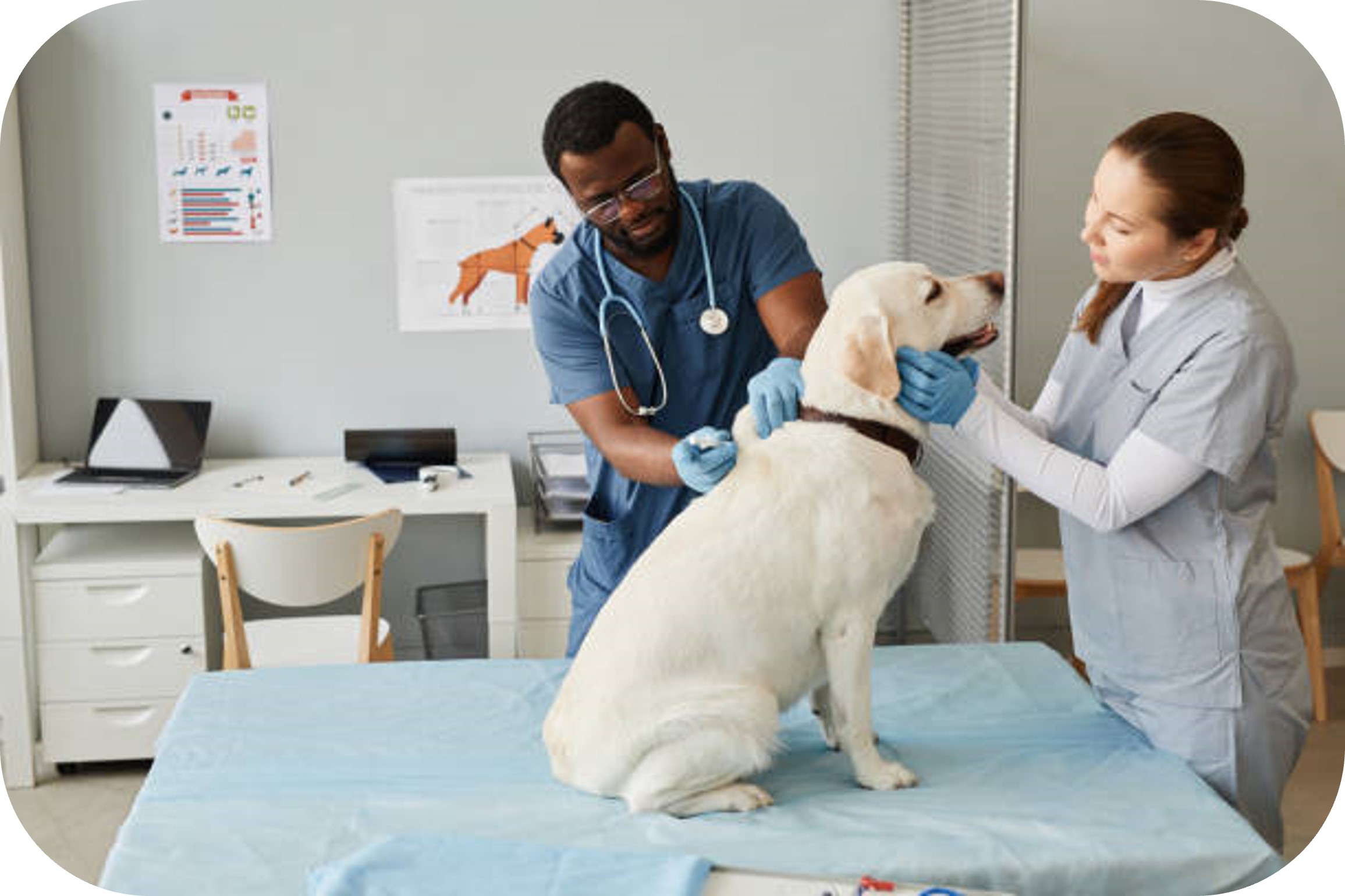
*Coverage up to $20 million requires your selection of cover up to this limit during the quote and purchase process.
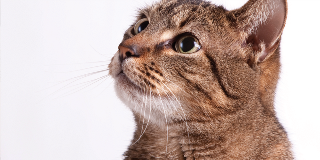




Write a review Average rating: